Asan Rail Bike (아산레일바이크)
7.8Km 2024-02-21
199-7, Asanman-ro, Dogo-myeon, Asan-si, Chungcheongnam-do
Asan Rail Bike was refashioned from a disused railway and station. The 4.8 km-long round-trip course allows visitors to ride the rail bike for about 40 minutes. The charmingly rural landscape seen from the rail bike changes with the seasons.
Daeheung Sikdang (대흥식당)
8.0Km 2024-02-21
37-1, Sudeoksaan-gil, Deoksan-myeon, Yesan-gun, Chungcheongnam-do
Daeheung Sikdang is an old restaurant that serves great sanchae (wild vegetables) cuisine at the entrance to Sudeoksa Temple, a famous Buddhist temple in Korea. Its signature menu is the dolsot deodeok jeongsik (hot stone pot rice and deodeok set menu), featuring fragrant deodeok and wild vegetable dishes prepared with care. There are other menus on offer, such as beoseot pajeon (mushroom and green onion pancake), ureong chomuchim (sweet and sour freshwater snail salad), dotori bindaetteok (acorn and mung bean pancake), dotorimuk (acorn jelly salad), and sundubu (soft bean curd). Side dishes include jogi gui (grilled yellow croaker), ori barbecue (duck barbecue), and doenjangguk (soybean paste soup).
Chusa Memorial Hall (추사기념관)
8.2Km 2024-12-27
+82-41-339-8247
Chusa Memorial Hall opened in 2008, holds works of Chusa Gim Jeong-hui including his arts, epigraphy, calligraphy and more. The memorial hall preserves and exhibits Chusa Gin Jeong-hui's works to show future generations about his achievements.
House of Chusa (추사고택)
8.3Km 2022-12-28
261, Chusagotaek-ro, Yesan-gun, Chungcheongnam-do
+82-41-339-8248
House of Chusa, Chusa Gotaek in Korean, is the traditional Korean house of the renowned scholar and calligrapher Chusa, also known as Kim Jeong-hui. This old house is known to have been constructed by the great-grandfather of Chusa, Kim Han-Sin.
The Korean-style house compound (266.11 m²) consists of munganchae (a guesthouse), soseuldaemun (a high gate), sarangchae (ㄱ-shaped men's quarters), anchae (ㅁ-shaped women’s quarters) and a shrine where the remains of Chusa are enshrined. Theㄱ-shaped Sarangchae stretches for one kan (traditional measuring unit) to the south and 2 kans to the east and is comprised of two rooms and a daecheongmaru (living area). The Anchae consists of a six-kan daecheongmaru and two one-kan rooms.
Located on the ground is a tomb where Chusa’s great-grandfather (Kim Han-Sin) and his wife (Hwasun Princess) are buried. Nearby, visitors will see a gate that was constructed to commemorate Princess Hwasun’s faithfulness to her husband.
Located approximately 600 meters to the north of the old house is a lacebark pine tree, which was designated as a Natural Monument. The lacebark pine tree, originally from northern China, is among the few of its kind in Korea. It is said that Chusa snuck the pine across the border from China (formerly, the Qing dynasty) into the country when he was 25 years old and planted it at the tomb of his great-grandfather. Originally, the tree had three branches, but two were broken and the third branch was damaged. In 1980, the damaged branch was treated and since then, the tree has been kept under strong protection.
House and Tomb of Kim Jeong-hui (추사김정희선생고택·묘)
8.4Km 2024-02-21
261, Chusagotaek-ro, Sinam-myeon, Yesan-gun, Chungcheongnam-do
This house and tomb are where Kim Jeong-hui (pen name: Chusa, 1786-1856), a Joseon-era scholar and artist, lived and was laid to rest. Chusa Memorial Hall and Chusa Experience Center are found next to the house. After studying in Qing China, Kim Jeong-hui served in multiple government posts. He is best known for his unique calligraphical style, which bears his courtesy name (Chusa), and many works of art that survive to this day. The Experience Center offers traditional art experiences inspired by Kim Jeong-hui’s works.
Yedang Reservoir (예당저수지(예당관광지))
8.4Km 2024-06-04
Deungchon-ri, Eungbong-myeon, Yesan-gun, Chungcheongnam-do
+82-41-339-8285
Yedang Reservoir is a popular attraction that represents Yesan in Chungcheongnam-do. Main facilities include a monorail, suspension bridge, sculpture park, and campground, as well as restaurants, accommodations, and convenience facilities. There are also various themed walking trail and parking lots. Many people visit to see the Golden Tree, a tree that takes on a golden hue at sunset.
Paradise Spa Dogo (파라다이스 스파 도고)
8.7Km 2025-09-09
176 Dogooncheon-ro, Asan-si, Chungcheongnam-do
+82-41-537-7100
Paradise Spa Dogo, a government-designated hot spring in Korea, is a large resort facility opened by the Paradise Group in Asan, Chungcheongnam-do, an area renowned for its hot springs. It is the first government-designated hot spring in Chungcheong-do, a designation granted after review and approval by the Ministry of the Interior and Safety. Spanning an area of 24,622 square meters, the facility can accommodate up to approx. 5,000 guests. It has a Bade (meaning bathing) pool, which can also be used for hydrotherapy; a large hot spring bath where you can enjoy a sauna and relax in warm sulfur spring water year-round; and various water recreational facilities. In particular, the outdoor event spa, featuring various seasonal themes, is quite popular. In winter, you can enjoy a Siberian ginseng water bath, a ginger water bath, a tangerine peel water bath, and many more. Additionally, unique weekend package programs await you with activities like kimchi-making, persimmon-picking, and ranch experiences in addition to enjoying the hot spring.
Asan-si Hot Springs Special Tourist Zone (아산시 온천 관광특구)
8.7Km 2024-03-15
1459 Oncheon-daero, Asan-si, Chungcheongnam-do
+82-41-540-2689
The Asan-si Hot Springs Special Tourist Zone encompasses three major hot springs: Onyang, Dogo, and Asan Hot Springs. Onyang Hot Springs is the oldest hot springs complex in Korea, and Dogo Hot Springs is famous as a therapeutic destination. Asan Hot Springs is situated north of Asan and features a unique water park that utilizes the natural hot springs water. All three locations are equipped with hotels that provide guests with direct access to the therapeutic waters.
Glory Condominium (도고 글로리콘도)
8.7Km 2020-04-23
124-23, Dogooncheon-ro, Asan-si, Chungcheongnam-do
Glory Condominium opened in 1992 and situated at the Dogo Hot Spring region, offering a wide open view of the Dogosan Mountain foot and spacious plain over the windows. It also has several notable attractions nearby, namely Hyeonchungsa Shrine, The Independence Hall of Korea, Sudeoksa Temple, and more. Visitors traveling with families can also engage in mud experience programs at nearby Oemok Village.
Bonggoksa Temple (봉곡사)
9.4Km 2021-05-15
138, Dosong-ro 632beon-gil, Asan-si, Chungcheongnam-do
+82-41-543-4004
Surrounded by lush wildlife Bonggoksa Temple is located alongside the northeast valley in Bongsusan Mountain in Namdan, Songak-myeon. Both Daeeungjeon and Hyanggakjeon sit facing east, and to the north, is the large Yosache (residence for Buddhist monks). Behind the residence, an area has been leveled down for a restroom and storehouse. And Samseongak (a building where three saints are worshipped) is situated on top of the mound to the south of the temple. Although Samseongak was constructed in recent years, both Daeungjeon and Yosache are identified in the restored record that was found by Buddhist monk, Seobong in 1891. The temple has gained renown for being the place where Saint Mangong attained his Buddhist awakening and recited Odoseong, the zen poetry in July, 1895.
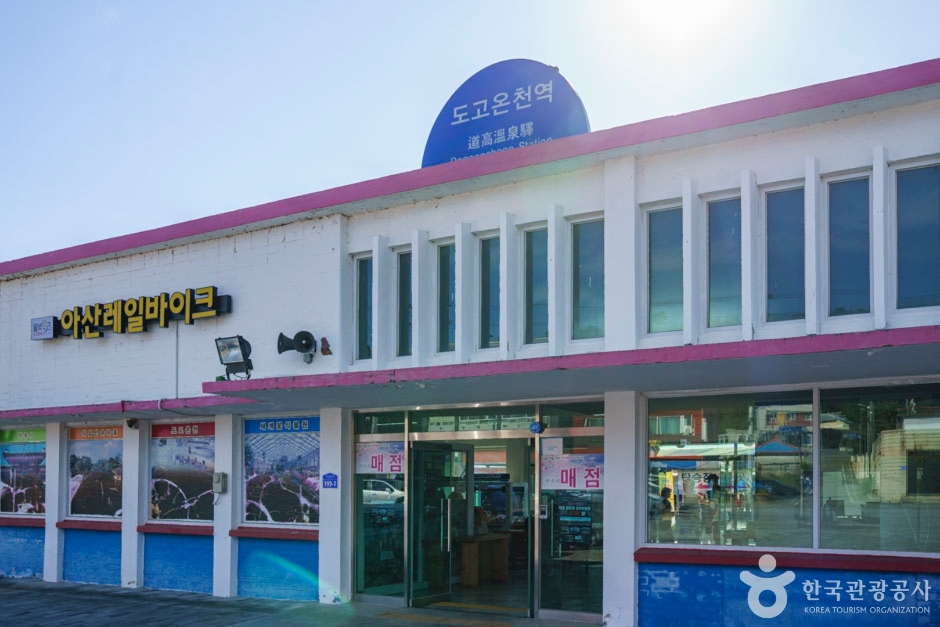

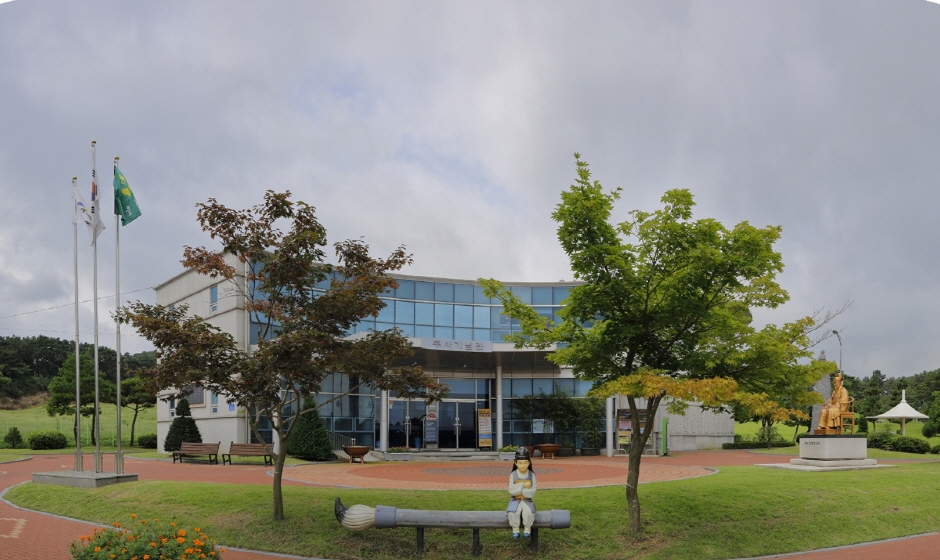
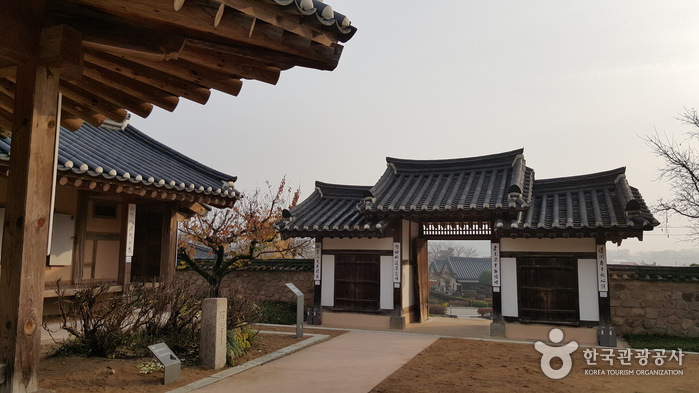
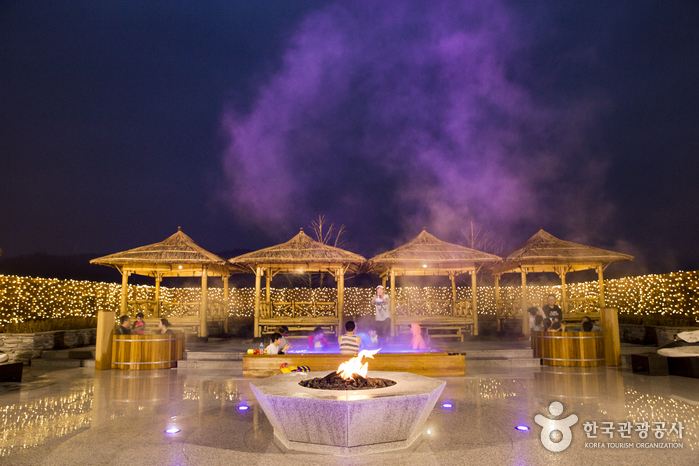
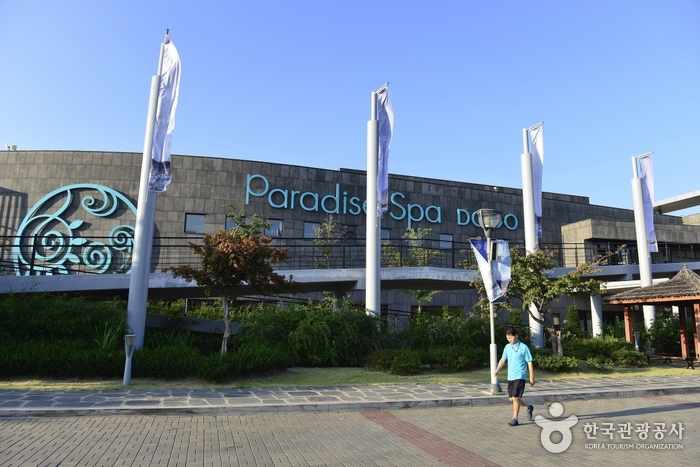
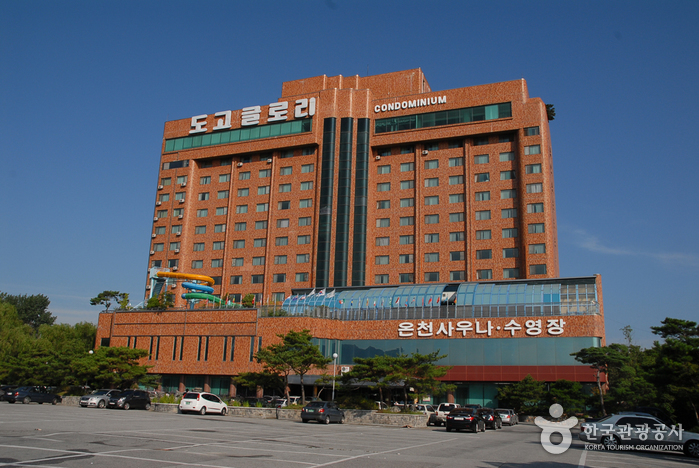
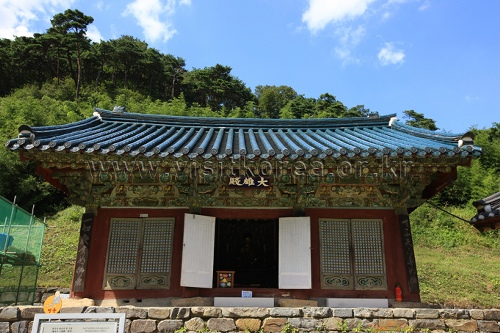
 English
English
 한국어
한국어 日本語
日本語 中文(简体)
中文(简体) Deutsch
Deutsch Français
Français Español
Español Русский
Русский